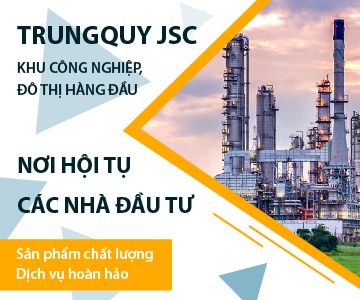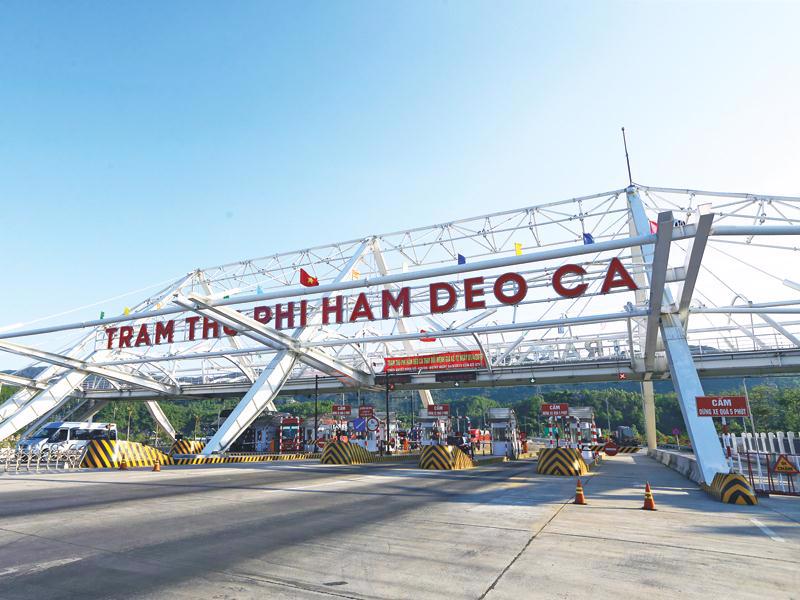INTERNATIONAL INVESTMENT
AND PORTAL
 Shuyin Tang, co-founder of the Beacon Fund
Shuyin Tang, co-founder of the Beacon Fund
Could you share how the current regulatory shift shapes Vietnam’s impact investing ecosystem?
The country’s new vision for private economic development sends a strong message that private enterprises, especially small and medium-sized ones, are central to Vietnam’s growth story. While it outlines many positive policy directions, I’m particularly excited about the signals it sends for such businesses, a segment that impact investors have long placed front and centre.
While tech startups often grab the headlines, it’s important not to forget that such enterprises are the backbone of the Vietnamese economy. They account for over 95 per cent of businesses, generate approximately 40 per cent of GDP and employ about half of the workforce.
At the same time, they tend to have very different characteristics to startups – they’re not necessarily ‘rocket ships’, but rather the reliable contributors to economic growth.
How can Vietnam leverage impact capital to transform challenges into opportunities to drive sustainable development?
The impact investing sector has already come a long way in the last decade. Ten years ago, we were still explaining what impact investing even meant. Fast-forward to the present: just a couple of weeks ago, the Vietnam Impact Investing Network co-hosted Vietnam’s first-ever Impact Investing Summit, bringing together over 120 highly engaged participants and showcasing a number of local success stories.
That said, I’ll be the first to acknowledge that there’s still some confusion in the broader market about what impact investing actually entails, particularly because it comes in many shapes and sizes. In Vietnam, a large share of impact capital still comes from development finance institutions and the majority of that capital is channelled through local banks and corporates into large-scale transactions – such as on-lending facilities or green and blue bonds.
This trend is likely to continue, and that’s good news for companies operating in sectors like clean energy, energy efficiency, and infrastructure.
At the same time, there’s a growing group of private impact funds already active in Vietnam, focused on finding opportunities and filling capital gaps that some of these larger players may overlook. These include ourselves at Beacon Fund, along with organisations like Clime Capital, DFCD, Rabo Foundation, Sweef Capital, and a growing number of others. Many of us are working with small businesses and early-stage companies that are tackling real challenges but often struggle to access appropriate capital and support.
I’m often asked whether we as an industry should focus on growing impact capital at the large end of the spectrum (such as bank on-lending facilities and green bonds) or focus on addressing the so-called missing middle. For me, it’s not an either-or, but a ‘both-and’. To meet Vietnam’s sustainable development goals, we need both large-scale financing facilities as well as fit-for-purpose funding for smaller enterprises.
Amid the global economic uncertainty, how do impact investing funds adjust their investment strategies in Vietnam?
There’s no denying that this is a challenging time for impact fund managers and impact enterprises alike. Headwinds abound: fundraising is hard, macro uncertainty looms, and there’s backlash against environmental, social, and governance-style considerations, particularly in the US.
That said, many of us in the impact space are no strangers to operating with limited resources. The buzz-phrases of ‘focusing on business fundamentals’ and ‘path to profitability’ have been our reality for years. Resilience, creativity, and resourcefulness are baked into how we operate, and I’m seeing those qualities on full display right now, from both among fellow fund managers and the entrepreneurs we back.
In fact, in this environment, impact can be a real differentiator. There are always a million reasons not to invest, especially in times of uncertainty. But when a business has a clear, measurable impact, this can help open the door and become the starting point for meaningful conversations.
What is the outlook of impacting investment activity in the second half of the year?
I’m cautiously optimistic. I expect continued momentum in the large-scale transactions, particularly in climate-related investments, and that’s a promising sign.
But to be honest, much of this capital remains out of reach for most impact enterprises. While infrastructure and clean energy are important and much-needed, other critical areas – such as social inclusion, education, and smallholder agriculture – continue to face persistent funding gaps.
There’s a clear need for more flexible, fit-for-purpose capital. Across the impact investing community, we’re having more and more conversations about how to address this challenge collectively and get capital flowing where it is most needed.
We’re also encouraged by policy momentum and by the direction being set through initiatives like Vietnam’s international financial centres – particularly their incorporation of sustainable and green finance. These developments could help create stronger tailwinds for a more inclusive and diversified impact investment landscape in Vietnam in the years to come.



















